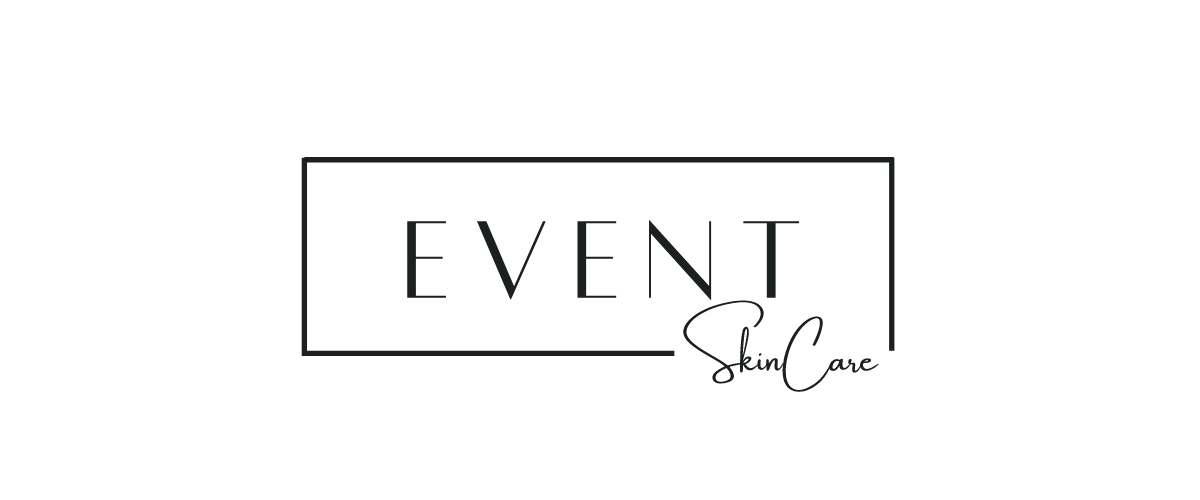Types of Acne Scars and How to Treat Them
Most of us can relate: We picked at a pimple, then picked at it again, and then lo and behold, a scar was left behind, whether an acne mark like a dark spot or a scar. Unfortunately, all skin types can be prone to acne scarring or marks.
Scars are divided into three basic types: Atrophic, Hypertrophic, and Post Inflammatory Pigmentation.
Atrophic Scars
Atrophic scars are flat, shallow depressions that heal below the top layer of skin. These scars are commonly caused by severe cystic acne. However, other types of acne can cause them as well. There are three types of atrophic scars.
Boxcar scars
Boxcar scars are broad, usually box-like depressions with sharply defined edges. Boxcar scars often form on areas like the lower cheeks and jaw, where the skin is relatively thick.
Ice pick scars
Ice Pick Scars are smaller, narrow indentations that point into the skin's surface. These scars are common on the cheeks.
Ice pick scars tend to be tough to treat and often require ongoing, aggressive treatment.
Rolling scars
Rolling scars have varying depths, with sloping edges that make skin appear wavy and uneven.
Treatment of Atrophic Acne Scars
In our office, we suggest the following in-office treatments for the first stage, focusing on reducing the scar's depth to even out the skin's surface.
Chemical peels: Glycolic or salicylic acid is used to remove the outer layers of skin. This treatment should not be for very deep scarring.
Ablative Laser therapy: High-energy light removes the outer layers of skin and stimulates collagen production in the inner layers of skin.
Microneedling: Creating tiny injuries with needles across the scar helps to form pockets of healing with collagen production. This collagen can reduce a scar's depth.
TCA Cross (chemical reconstruction of skin scars): Applying trichloroacetic acid (TCA) onto a scar helps form extra collagen that may raise the scar.
Hypertrophic and Keloid Scars
Unlike atrophic scars, hypertrophic and keloid scars form as raised lumps of scar tissue where the acne once was. This happens when scar tissue builds up, sometimes from previous acne spots.
Historically, African Americans are considered more prone to keloid-type scarring, but this can occur in any skin type. And though these types of raised scars can occur on all areas of the body, they're more common on the chest, jawline, tops of shoulders and even earlobes.
Treatment for Hypertrophic and Keloid Scars
Treatment for hypertrophic and keloid scars focuses on reducing the height of the scar, so the skin appears smoother. You may require a visit to a Dermatologist for excision, or steroid injections.
Laser therapy: This may include both ablative and nonablative laser therapy.
Post-Inflammatory Hyperpigmentation (Marks)
Hyperpigmentation can occur when skin is damaged by severe acne or if you've picked at your acne. Once your acne heals, it often leaves behind a darker or discoloured patch of skin that will resolve independently with a suitable sun protection regimen. Office treatments can speed the healing process. More melanin-rich skin is more likely to experience post-inflammatory hyperpigmentation.
Treatment for PIH (Marks)
You can reduce the appearance of post-inflammatory hyperpigmentation at your skin clinic or home. The goal is to prevent further darkening and allow your skin to recover over time naturally.
chemical peels
laser therapy
What are the best topical products to treat PIH?
Hydroquinone is the gold standard for lightening dark spots. It's often combined with tranexamic acid, vitamin C and retinol. Vivier's Corrector 2 is formulated with 2% pharmaceutical grade Hydroquinone USP, antioxidants, and Lactic Acid to lighten a wide range of pigmentation gradually.
I love Vivier's Skin Brightening Cream for hyperpigmentation from acne or the sun. It contains Arbutin, Resorcinol and Lactic Acid. Arbutin is an excellent and safe substitute for hydroquinone. Mix this formula with your Vivier Retinols for a more profound effect.
⭐️Acne scarring can be disfiguring, and I feel fortunate that we can do so much now to help people treat acne scarring, hopefully making them look and feel just as beautiful on the outside as they are and feel inside.


